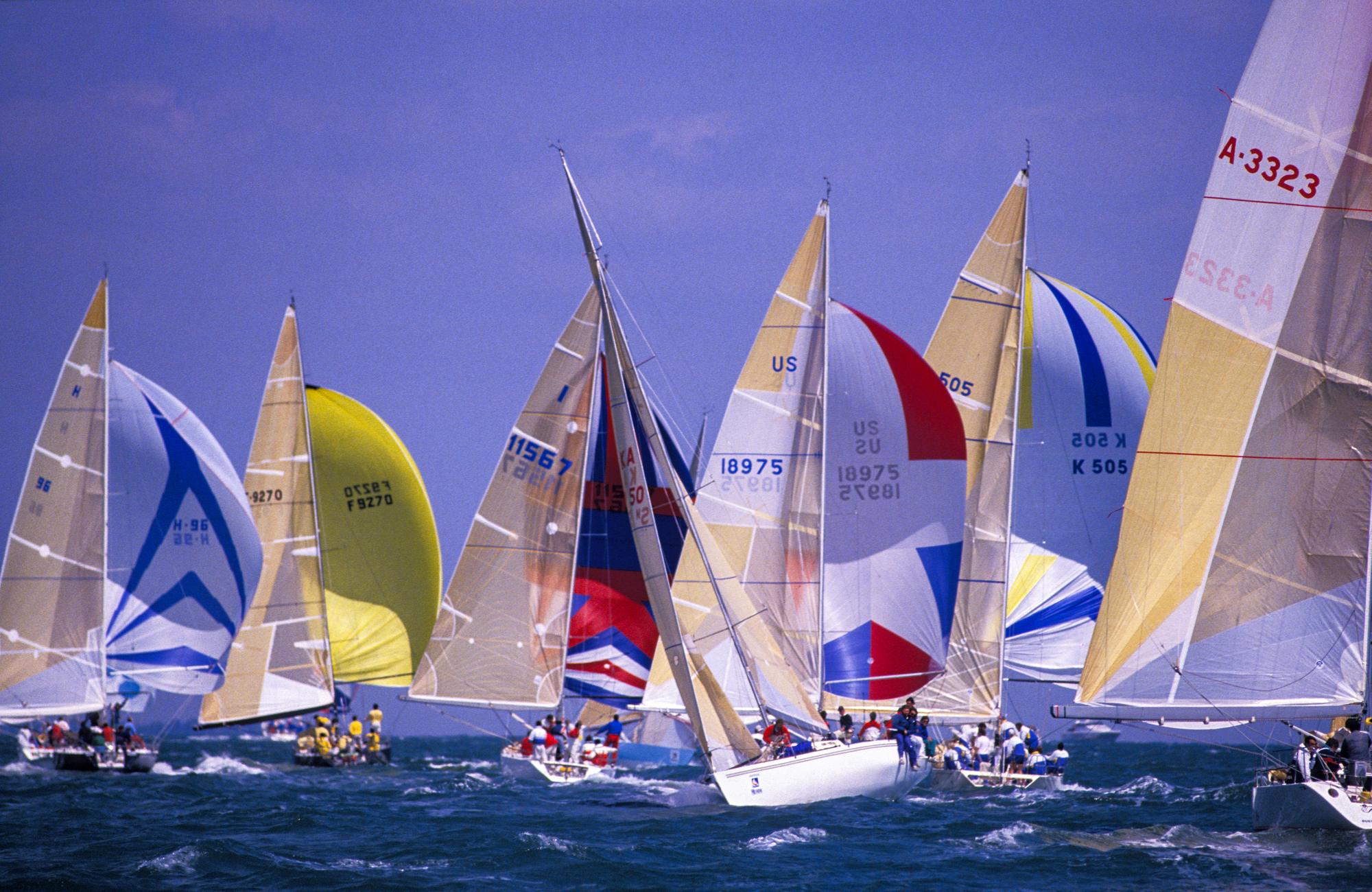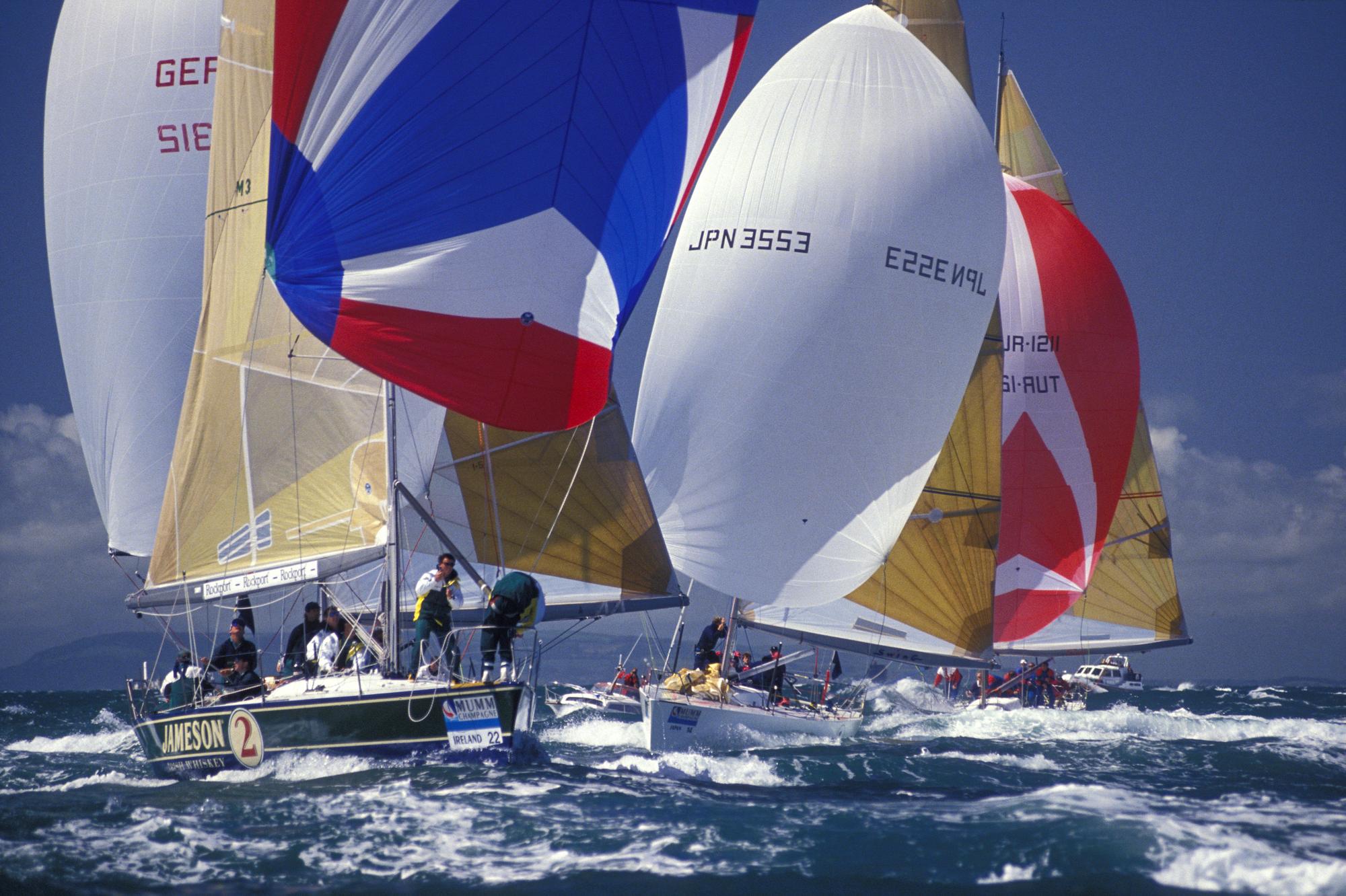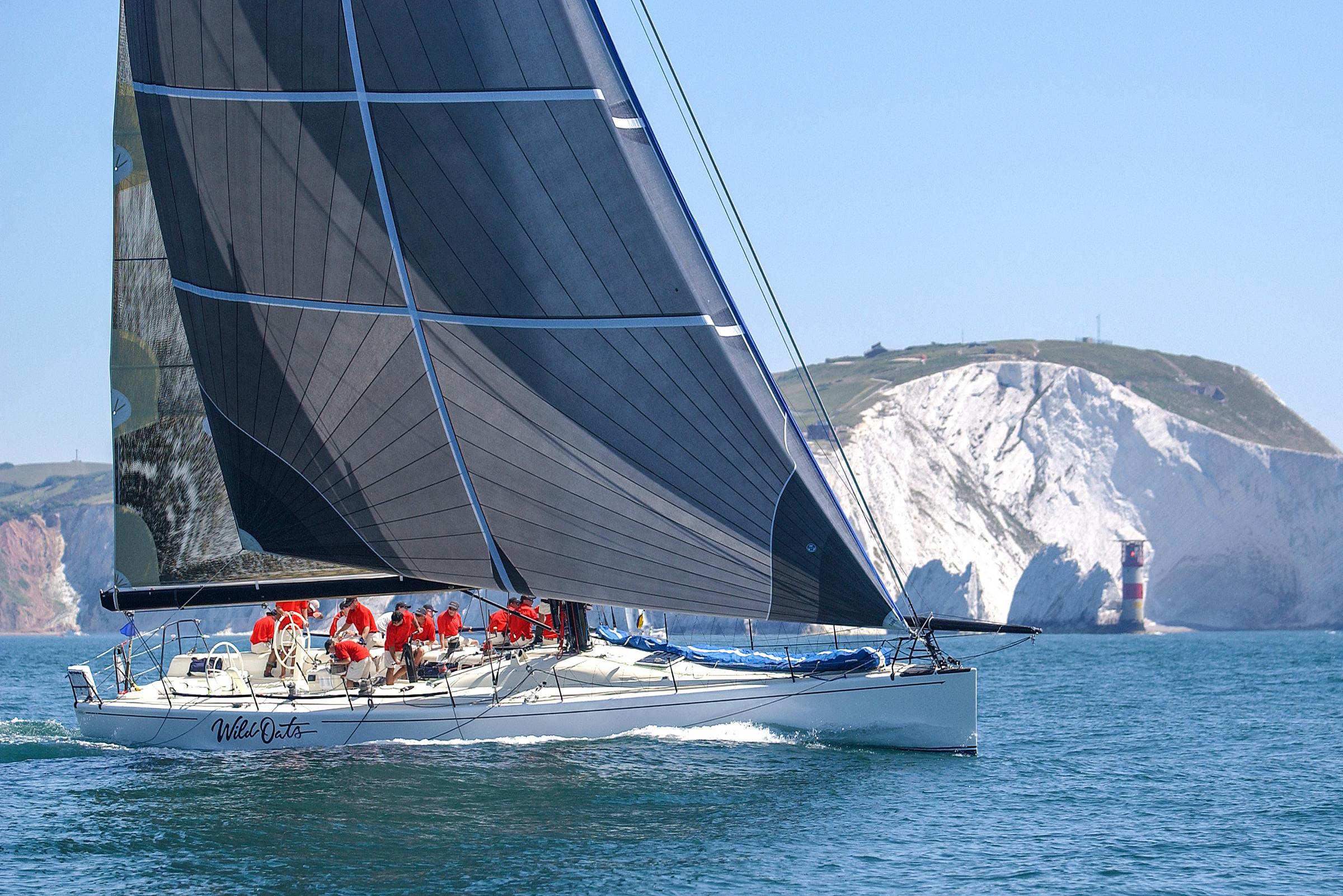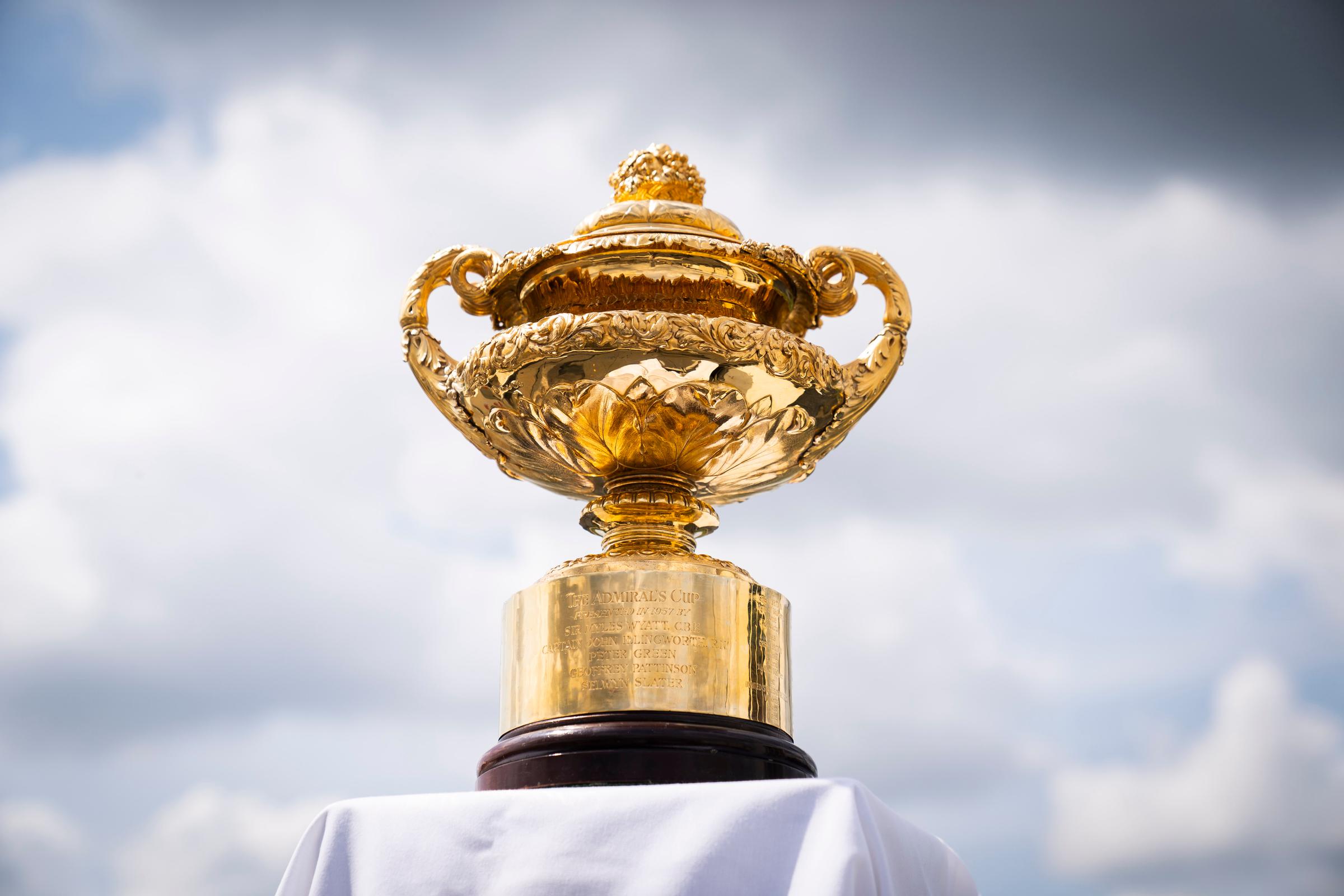Rebirth of The Admiral’s Cup


The Admiral’s Cup was first introduced in 1957 by Sir Myles Wyatt and Peter Green, among others, to encourage racing between the UK and USA. Well-conceived by the Club’s Admiral (from where the event derives its name) and Commodore, the first edition comprised the Channel Race, followed by two of Cowes Week’s top prizes, the Britannia Cup and New York Yacht Club Cup, before culminating in the Fastnet Race. It was open to teams of three to five boats (although both ultimately fielded three). For the following edition, in 1959, the Admiral’s Cup was opened up to international entries and from there grew rapidly to become one of the greatest competitions international yacht racing has seen.
 The Admiral's Cup 1989 © Rick Tomlinson
The Admiral's Cup 1989 © Rick Tomlinson
At its zenith during the 1970s and 80s the Admiral’s Cup was viewed within the sailing community as not just the unofficial world championship of offshore racing, but the pinnacle of the sport; until the 1980s even perhaps eclipsing the America’s Cup. In the last two editions in the 1970s 19 national three-boat teams entered from as far afield as Hong Kong, Australia, Argentina and Brazil.
 Admiral's Cup Two Tonners 1994 © Rick Tomlinson
Admiral's Cup Two Tonners 1994 © Rick Tomlinson
By this time several countries were holding selection trials in order for individual contenders to gain a coveted berth in their national team. This led to increasingly furious development in all aspects of boat design, technology and crew work: Materials (from wood, to fibreglass, to composites like Kevlar, Spectra and eventually carbon fibre in everything from hulls to sails) to wholescale advancements and refinements in hull, appendage and bulb shapes; to sail-handling techniques, like spinnaker peels, to watch systems and time on the rail; to coaching and meteorology/routing – to name just a few.
 Bob Oatley's Wild Oats 2003 © Rick Tomlinson
Bob Oatley's Wild Oats 2003 © Rick Tomlinson
Sadly, this was not to last. The multitude of reasons why the Admiral’s Cup wavered in the 1990s and finally died in 2003 have been the subject of heated debate for the last three decades. Many blamed its separation from Cowes Week. Others blamed the advent of sponsorship and/or pro-sailors and the sidelining of private owners. Most blamed its eventual separation from the Fastnet Race. Certainly it suffered the perennial issue of successful events/circuits in sailing - escalating costs, which if not aggressively addressed inevitably become a significant nail in their coffin. However one of the main issues was the IOR rule, the ascent and descent of which mirrored that of its premier event. IOR declined in the late 1980s and was replaced with limited success by IOR-based classes, IMS classes and one-designs. The event was on its last legs when IR2000 was introduced and the RORC/UNCL’s fledgling rule was still too young to revive it beyond the Admiral’s Cup’s last edition in 2003.

Rebirth of The Admiral’s Cup
Download Pre-NoR (05 October 2023)
20 years on and the landscape is very different. IRC has been the dominant rating rule for yacht racing worldwide for two decades. If it isn’t globally as far-reaching as IOR was, it has longevity and shows no signs of dying, thanks to the rule remaining unpublished and thus hard to exploit fully.
It was fitting therefore that earlier this year the decision was made to reintroduce the Admiral’s Cup, to celebrate the Club’s centenary in 2025. Aside from the buoyancy of the IRC rule, in the last 20 years the Rolex Fastnet Race has grown extraordinarily so that today it is by far the largest of the 10 world’s ‘classic 600 mile’ offshore races, with an entry this year that reached a record 430 boats (even if you removed the non-IRC fleet, the 358 competing for the Fastnet Challenge Cup is still significantly more than the race’s first pinnacle of 303 starters (from 336 entries) in 1979.)
A welcome feature of the new Admiral’s Cup is the return of the Rolex Fastnet Race after it was dropped for the 1999 event (in fact its inclusion was mandatory in the Admiral’s Cup’s original Deed of Gift).
Elsewhere the new Admiral’s Cup is different. Instead of the traditional three-boat format, teams for 2025 will comprise just two boats, one in each class. Teams can represent either a yacht club or a country.
The Club published a Pre-Notice of Race on 19 July (two years before the event’s start) and since then the rating bands have been reappraised, the size range in each class extended downwards.
There will be no limits on professional crew numbers nor on crew nationality. To continue to promote diversity, teams can take one more than the maximum crew number stated on their IRC certificate if they have on board two women or under 25-year-olds (or a combination).
Following the announcement, the Club has, to date, received expressions of interest from all over the world, including four nations which have won the Admiral’s Cup multiple times in the past: Australia, Great Britain, Germany and the USA. Additional entries received have come from countries including Finland, France, Hong Kong, Ireland, Saudi Arabia, Sweden and Trinidad & Tobago - 17 in total. All wish to see their name engraved on one of the most historically significant trophies in international yacht racing.
Article by James Boyd